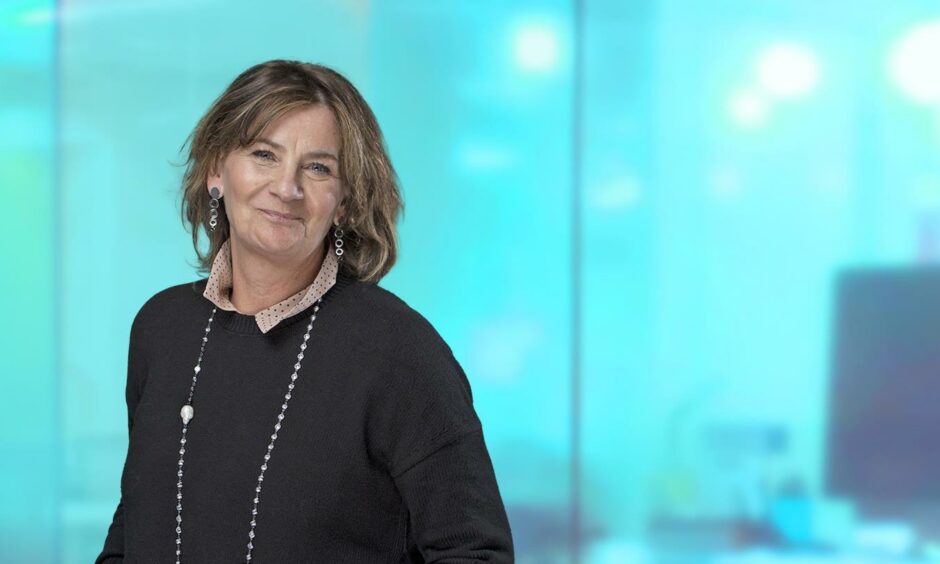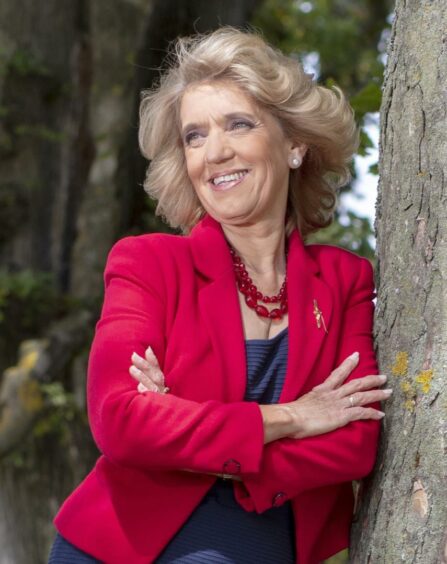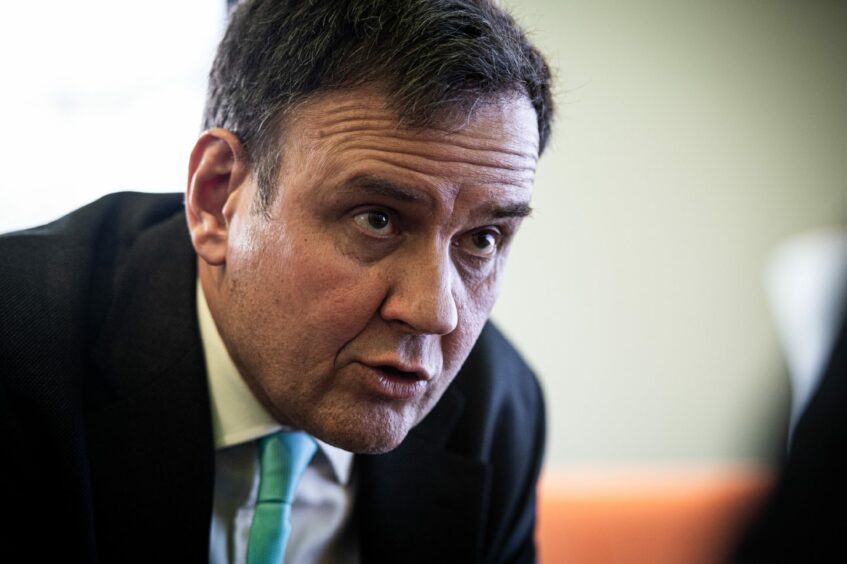An annual check on gender diversity at the top of the UK energy sector has found slow progress towards targets for women.
Only about one in seven (15%) of executive director roles are now occupied by females, up by a miserly 1% from a year ago.
Industry body POWERful Women (PfW), which teamed up with professional services firm PwC seven years ago to start tracking women’s presence in energy company boardrooms, said the latest figure is also only halfway towards its target of 30% by 2030.
It remains unacceptable that in 2022 three-quarters of the sector still has no female executive directors on their board.”
Kate Jackson, chairwoman, POWERful Women.
- Just 20 of the top 80 UK energy companies have any women in executive director roles, PfW says in its latest State of the Nation report – out today.
- Companies with no female representation of any kind in their boardroom teams include Ineos, Ovo Energy, Parkmead Group and Repsol Sinopec Resources UK, among others.
- Progress has gone backwards on the number of companies achieving the 30% target for female executive directors – from 15 to 11 companies, or just 14% of the sector.
- There are some positives in the report, which says the number of companies with all-male boards has fallen to 23% from 28% in the past year.
- And the number of companies with no women executive directors has fallen to 75% from 78%.
- Women now occupy 27% of all board seats – executive and non-executive. This is a rise of three percentage points on last year but still 6% off the cross-sector target set in an independent review of FTSE women leaders launched in 2016.
We need better representation at the top and more women in leadership roles to drive towards our goal of clean, home-grown, affordable energy for Britain.”
Greg Hands, energy minister.
Colette Cohen, chief executive of the Aberdeen-based Net Zero Technology Centre, said the PfW report “makes for disappointing and sobering reading”.
She added: “While there have been modest improvements, we as an industry are still failing to capitalise on the potential of diverse teams and the benefits from the improved performance delivered through diverse leadership.
“The concept that we don’t have the right pipeline is just ignoring the diverse pipeline that does exist that we are not tapping into.
“It is ignoring the data which indicates that we don’t retain our female talent.
“For change to happen, we need to change how we recruit, promote and inspire, and how we grow our workforce. If we want change, we have to be the change.”
‘We really need to see this come back on track’
Another leading north-east businesswoman, Jeanette Forbes, chief executive of technology company PCL Group, said: “It’s disappointing there has been a modest rise of only 1% in the number of executive director roles held by women, but counterbalancing that to a slight extent is the drop in the number of all male boards.
“That aside, we really need to see this come back on track to achieve these targets.”
Ms Forbes added: “The past few years have seen the energy industry go through times of extraordinary challenge and change.
“We’ve had fluctuating oil prices, a global pandemic, a mass turn away from the importance of oil and gas followed by a U-turn following the invasion of Ukraine, and the realisation domestic oil and gas production is an integral and vital part of our energy security.
“Coupled with that, we are seeing the industry as a whole is going through, or beginning, a phase of scaled-up energy transition.
Back burner?
“Taking all these factors into account, it’s hard to judge what impact that has had on the composition of energy company boardrooms and if the desire for greater equality has been pushed onto the back burner.”
Ms Forbes said she hoped to see a “greater return to normality” in next year’s figures, adding she would like to see the level of women executive directors go “well beyond” the 2030 target of 30%.
‘Glacial progress’
PfW called for a “step change” on gender diversity in the sector.
Katie Jackson, the organisation’s chairwoman, said: “We are disappointed the number of women in executive director roles has risen by just 1% to only 15%, which is glacial progress.
“The sector is only half way – and barely on track – to the POWERful Women target of 30% by 2030.
“It remains unacceptable that in 2022 three-quarters of the sector still has no female executive directors on their board.”
Ms Jackson added: “We require a step change on gender diversity in UK energy as we strive to reach net-zero.
“The current triple energy crisis – of price, security and climate change – does not reduce or excuse the importance of diversity.
“Indeed, the solution to addressing all three can only be reached by having an energy sector truly representative of society on every dimension.”
Energy Minister Greg Hands said: “We need better representation at the top and more women in leadership roles to drive towards our goal of clean, home-grown, affordable energy for Britain.
“I welcome the commitments that energy leaders have made but more needs to be done.”
PwC energy and infrastructure deals tax partner Elisabeth Hunt said: “This annual analysis holds the industry to account for its transparency and success in offering a secure and sustainable pipeline of female talent.
“While there are some encouraging signs in the data, it’s clear the industry still has a long way to go on diversity.
“Firms have shown their agility in responding to a wealth of challenges from decarbonisation to more recent issues such as the Ukraine war and the cost-of-living crisis.
“If they are to achieve the 2030 targets, it’s vital they harness this speed and dexterity to drive more female talent into each sector and recognise the benefits and skills a diverse workforce and leadership team can provide.”







Conversation